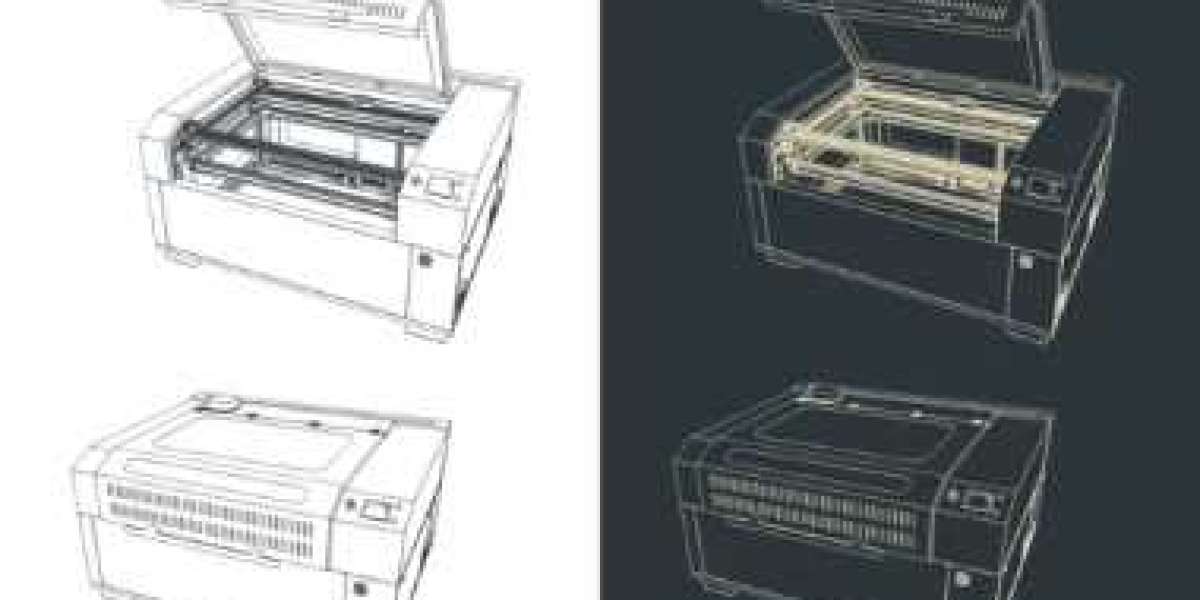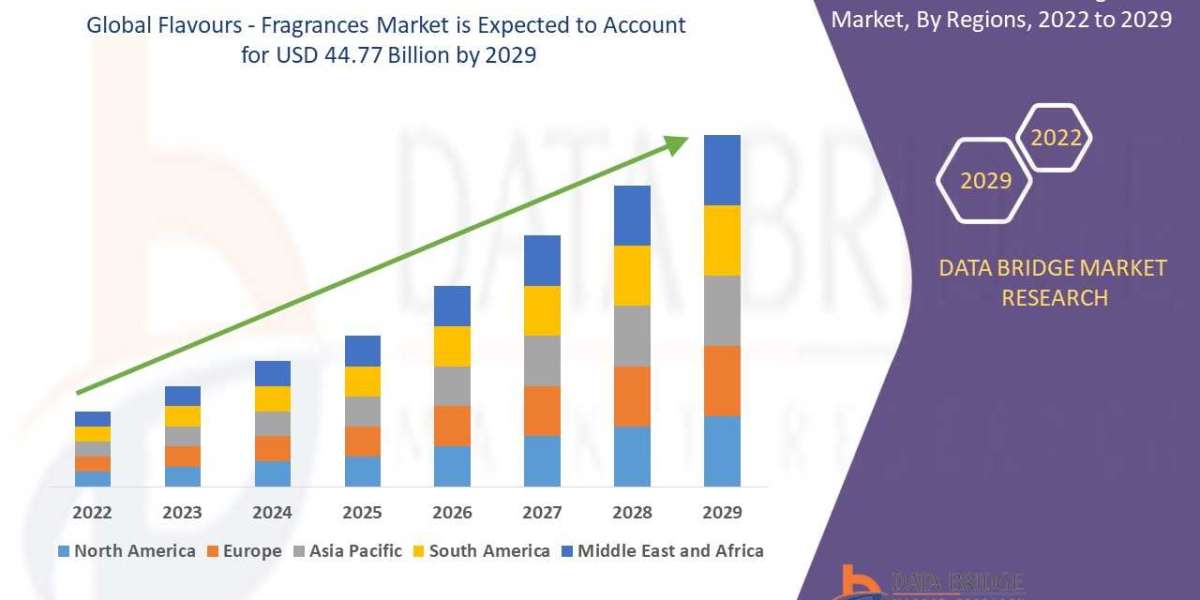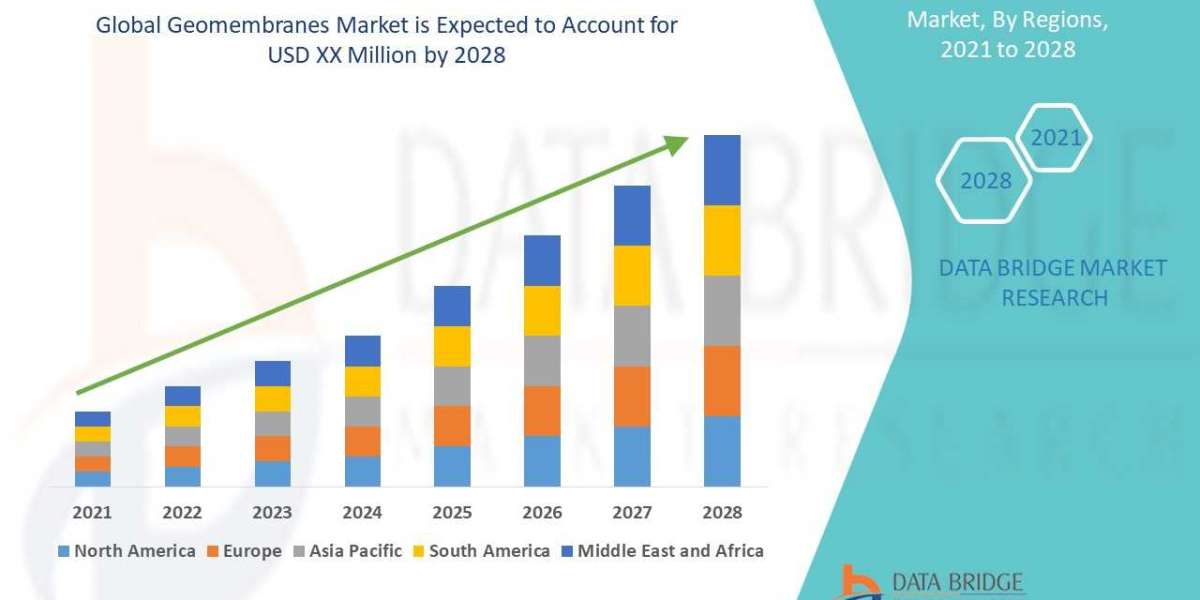When filing a provisional patent application, one crucial aspect that inventors and innovators often overlook is the inclusion of patent drawings. These drawings play a vital role in illustrating the invention and visually representing its key features. This article will explore the significance of patent drawings, the process of conducting a patent drawing search, and the associated costs involved.
The Importance of Patent Drawings in a Provisional Patent Application
Patent drawings play a crucial role in a provisional patent application, providing visual representation and enhancing the understanding of the invention. Here are several reasons why patent drawings are essential in the application process:
- Clear and Concise Communication: Patent drawings visually depict the invention, enabling patent examiners and readers to grasp the concept quickly and easily. They complement the written description by presenting the invention’s structure, design, and functionality clearly and concisely. This visual aid helps eliminate ambiguity and ensures a comprehensive invention understanding.
- Enhanced Patent Application Quality: Including patent drawings in a provisional patent application demonstrates the level of detail and professionalism devoted to the invention. It showcases the inventor’s commitment to providing a comprehensive description and helps convey the uniqueness and novelty of the design. Well-executed patent drawings can significantly strengthen the application and increase its chances of success.
- Overcoming Language Barriers: Patent applications are filed globally, and language barriers can challenge understanding complex technical concepts. Patent drawings act as a universal language, transcending linguistic boundaries. They enable patent examiners and international counterparts to understand the invention’s intricacies, irrespective of their native language.
- Demonstrating Patentable Features: Patent drawings provide an opportunity to highlight the invention’s unique features and innovative aspects. By illustrating specific components, configurations, or mechanisms, patent drawings visually showcase the inventive elements that distinguish the design from existing technologies. This visual emphasis can help convince patent examiners of the invention’s novelty and non-obviousness.
- Facilitating Patent Examination and Prosecution: During the patent examination process, patent drawings aid examiners in evaluating the invention’s patentability. They allow examiners to compare the design with the prior art and identify potential conflicts or similarities. Moreover, patent drawings serve as a valuable reference during patent prosecution, helping inventors and attorneys argue for the patent’s novelty and inventive steps.
- Supporting Licensing and Investment Opportunities: Patent drawings are instrumental in presenting the invention to potential investors, licensees, or business partners. The visual representation helps these stakeholders quickly grasp the concept, assess its market potential, and make informed decisions. Well-drafted patent drawings can increase the attractiveness of the invention and facilitate licensing or investment opportunities.
Conducting a Patent Drawing Search
Conducting a patent drawing search is a crucial step before creating patent drawings for a provisional patent application. This process involves researching existing patents and prior art to ensure that the proposed invention’s visual representation is distinct and compliant with the guidelines set by the patent office. Here are the key steps and considerations involved in conducting a patent drawing search:
- Understand the Purpose of a Patent Drawing Search:
The primary goal of a patent drawing search is to assess the novelty and uniqueness of the proposed invention’s visual representation. It helps identify existing patents or prior art with similar designs or features, enabling inventors to make informed decisions regarding their patent drawings. - Utilize Online Patent Databases and Resources:
Several online databases and resources provide access to patent documents, making the search more efficient. The United States Patent and Trademark Office (USPTO) website offers a comprehensive database called the Patent Full-Text and Image Database (PatFT), which includes full-text search capabilities and patent images. Other resources, such as the European Patent Office’s Espacenet, Google Patents, and WIPO’s Patentscope, provide access to international patent documents. - Identify Relevant Patent Classifications:
To streamline the search process, it is essential to identify the relevant patent classifications for the proposed invention. Patent classifications categorize innovations based on their technological fields, making locating patents similar to the design being searched easier. Understanding the appropriate classification codes can narrow the search scope and improve the accuracy of the results. - Use Keywords and Boolean Operators:
When conducting a patent drawing search, using relevant keywords and Boolean operators can enhance the effectiveness of the investigation. Keywords can be related to the invention’s functionality, design elements, or specific components. Boolean operators such as “AND,” “OR,” and “NOT” can be used to combine or exclude keywords, refining the search results to align with the specific requirements of the invention. - Analyze Patent Images and Descriptions:
Once relevant patents are identified, analyzing the patent images, and descriptions is vital to determine the similarities and differences with the proposed invention. Careful examination of the drawings and written reports will help assess the uniqueness of the invention’s visual representation and identify areas where modifications or improvements can be made. - Consult with Professional Patent Search Services:
Inventors may consider engaging professional patent search services in complex cases or when seeking a more comprehensive search. These services utilize specialized tools and expertise to conduct thorough investigations, ensuring a comprehensive analysis of existing patents and prior art. Professional search services can provide inventors with a detailed report highlighting relevant patents and their visual representations. - Document and Keep Records of the Search:
Throughout the patent drawing search process, it is crucial to document the search strategies, keywords used, and the results obtained. Keeping detailed records helps establish due diligence in case of future challenges or disputes regarding the patent’s novelty. It also provides a reference point for inventors while creating their patent drawings, ensuring they adhere to the patent office guidelines.
Creating Patent Drawings for a Provisional Patent Application
Creating patent drawings for a provisional patent application is critical in accurately representing an invention’s visual aspects. These drawings complement the written description and clearly and concisely depict the invention’s structure, design, and functionality. Here are the key considerations and steps involved in creating patent drawings for a provisional patent application:
- Understand the Patent Office Guidelines:
Before creating patent drawings, it is essential to familiarize yourself with the guidelines set by the patent office where you intend to file the provisional patent application. Each patent office may have specific requirements regarding the drawings’ format, size, labeling, and other technical aspects. Adhering to these guidelines is crucial to ensure your patent drawings meet the patent office’s requirements. - Determine the Level of Detail Required:
The level of detail in patent drawings can vary depending on the nature of the invention. Determine whether you need to provide a general design overview or include specific components, configurations, or mechanisms details. The drawings adequately represent the unique and essential features of the invention while ensuring clarity and ease of understanding. - Select the Preferred Format and Specifications:
Patent drawings can be created using various formats, including physical drawings, digital illustrations, or computer-aided design (CAD) software. Consider the advantages and limitations of each structure and choose the one that best suits your needs. If creating digital drawings, ensure they are compatible with the file formats specified by the patent office. - Utilize Software Tools for Precise and Professional Drawings:
Software tools like CAD software can be invaluable in creating precise and professional-quality patent drawings. These tools offer features for accurate measurements, actual scaling, and clear representation of components. Additionally, they provide options for adding labels, reference numerals, annotations, and other elements required for clarity and compliance with the patent office guidelines. - Use Multiple Views to Showcase the Invention:
Multiple views of the invention may be necessary to provide a comprehensive representation in many cases. Consider using different perspectives, such as top view, front view, side view, cross-sectional view, or exploded view, to highlight other aspects of the invention. Each picture should contribute to a complete understanding of the invention and its unique features. - Ensure Accuracy in Labeling and Reference Numerals:
Accurate labeling and reference numerals are essential in patent drawings to identify and distinguish the various components or elements of the invention. Use consistent labeling and reference numerals throughout the pictures and ensure they correspond with the written description in the patent application. This helps patent examiners and readers easily correlate the report with the visual representation. - Add Annotations and Explanatory Notes:
Consider adding annotations and explanatory notes to the patent drawings to provide additional clarity and context. Annotations can be used to describe specific features, provide other details, or highlight unique aspects of the invention. These annotations further enhance the understanding of the invention and support the written description in the patent application. - Seek Professional Assistance if Needed:
Creating patent drawings can be complex, especially for inventions with intricate designs or specific technical requirements. If you lack the necessary expertise or tools, consider seeking professional assistance from patent drawing services or experienced patent illustrators. These professionals can ensure compliance with the patent office guidelines, provide high-quality drawings, and accurately represent the invention’s visual aspects. - Revise and Review the Drawings:
After creating the initial patent drawings, thoroughly review them for accuracy, clarity, and compliance with the patent office guidelines. Revise any areas that may require improvement or further clarification. It can be helpful to seek feedback from colleagues, patent attorneys, or professionals in the field to ensure the drawings effectively represent the invention. - Include the Drawings in the Provisional Patent Application:
Once the patent drawings are finalized, include them as part of the provisional patent application along with the written description and other required documentation. Ensure the pictures are formatted and labeled according to the patent office guidelines. The patent drawings should complement the written report, comprehensively representing the invention.
Hiring Professional Patent Drawing Services
Hiring professional patent drawing services can be wise for inventors who want to ensure accurate and high-quality patent drawings in their provisional patent applications. Here are some advantages of engaging professional patent drawing services:
- Expertise and Experience: Professional patent drawing services have a team of experienced patent illustrators who are well-versed in creating drawings that meet the specific requirements of the patent office. They understand the nuances of patent drawings, including the technical details, labeling, and formatting, ensuring compliance with the guidelines.
- High-Quality Drawings: Professional patent illustrators have the tools, software, and skills to create precise and professional-quality drawings. Their expertise allows them to accurately represent the invention’s visual aspects, highlighting the unique features and ensuring clarity for patent examiners and readers.
- Compliance with Patent Office Guidelines: Patent office guidelines can be complex and vary between jurisdictions. Professional patent drawing services stay updated with these guidelines and ensure that the drawings adhere to the specific requirements of the relevant patent office. This reduces the risk of rejection or objections due to non-compliance.
- Time and Effort Savings: Creating patent drawings can be time-consuming, especially for complex inventions. By outsourcing this task to professionals, inventors can save valuable time and focus on other aspects of their design or the patent application process. Professional patent drawing services can efficiently handle the drawing process, allowing inventors to promptly meet deadlines and submit their applications.
- Enhanced Presentation and Communication: Well-crafted patent drawings created by professionals can significantly improve the presentation and communication of the invention. These drawings effectively convey the invention’s unique features and functionality, making it easier for patent examiners, investors, or potential licensees to understand and evaluate the invention’s merits.
- Cost-Effectiveness: While there is a cost associated with hiring professional patent drawing services, it can be a cost-effective choice in the long run. Professional drawings reduce the likelihood of rejections or objections from patent examiners, which can lead to costly delays or the need for revisions. By initially investing in high-quality illustrations, inventors can save time and money in the patent application process.
Understanding the Cost of Patent Drawings
Understanding the cost of patent drawings is essential for inventors who are planning to include illustrations in their provisional patent applications. Several factors can influence the cost of patent drawings:
- The complexity of the invention: The invention’s complexity plays a significant role in determining the cost of patent drawings. Innovations with intricate designs, multiple components, or complex mechanisms may require more time and effort to create accurate drawings, leading to higher costs.
- The number of Views and Figures: The number of views or figures required in the patent drawings can affect the overall cost. Multiple perspectives or figures provide a comprehensive representation of the invention but may require additional time and resources from the patent illustrator, resulting in increased expenses.
- Level of Detail: The detail required in the patent drawings can impact the cost. Detailed drawings that include specific features, dimensions, or annotations may require more time and precision, leading to higher prices compared to more detailed pictures.
- Revisions and Modifications: Additional costs may be incurred if revisions or modifications are necessary during the drawing process. It is essential to communicate clearly with the patent illustrator and provide accurate information to minimize the need for revisions and associated costs.
- Engagement of Professional Services: Hiring professional patent drawing services can incur costs. The fees charged by these services will vary based on their expertise, reputation, and the complexity of the drawings required. It is advisable to obtain quotes from different service providers and compare the costs before deciding.
- Jurisdiction-Specific Requirements: Patent office guidelines and requirements vary between jurisdictions. If drawings must comply with specific jurisdictional guidelines, additional effort may be required from the patent illustrator, potentially affecting the cost.
Conclusion
patent drawings are integral to a provisional patent application. They enhance communication, visually represent the invention, and strengthen the overall application. Conducting a thorough patent drawing search ensures that the proposed drawings are unique and compliant with existing patents and prior art. When creating patent drawings, it is important to understand the patent office guidelines, determine the level of detail required, and utilize software tools or professional services if necessary. Hiring professional patent drawing services offers advantages such as expertise, compliance with guidelines, high-quality drawings, time savings, enhanced presentation, and potential cost-effectiveness. Understanding the cost factors involved, such as complexity, number of views, level of detail, revisions, and engagement of professional services, helps inventors budget accordingly. By investing in accurate and well-crafted patent drawings, inventors increase their chances of obtaining strong patent protection and effectively showcasing their inventions.
Read More:
Understanding the Importance and Cost of Patent Drawings: Exploring Patent Drafting Services
Patent Draftsman, Patent Drawings, and the Cost Involved
Understanding the Importance and Cost of Patent Illustration Services and Patent Drawings








